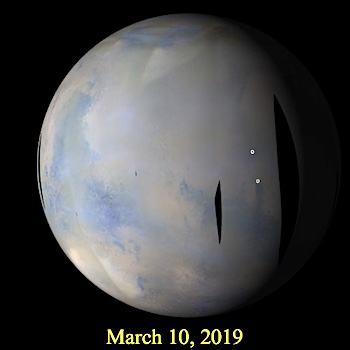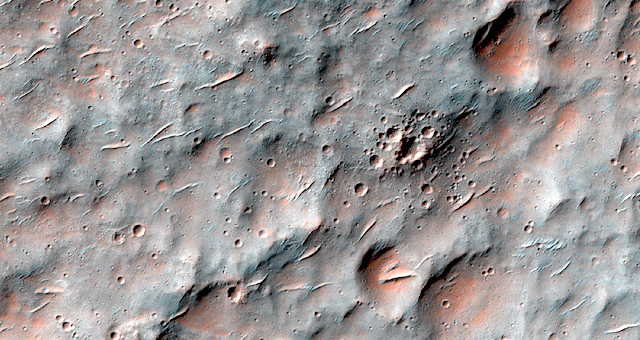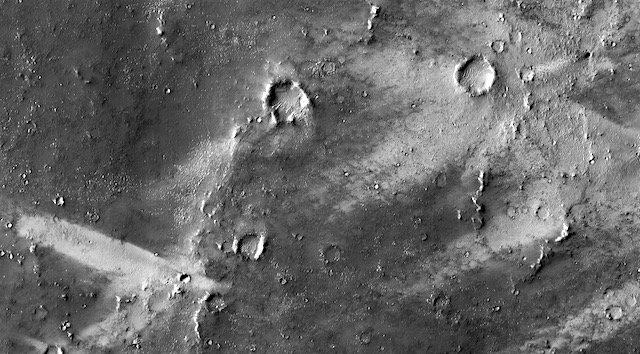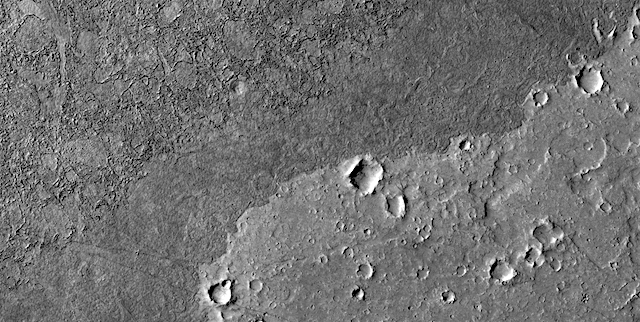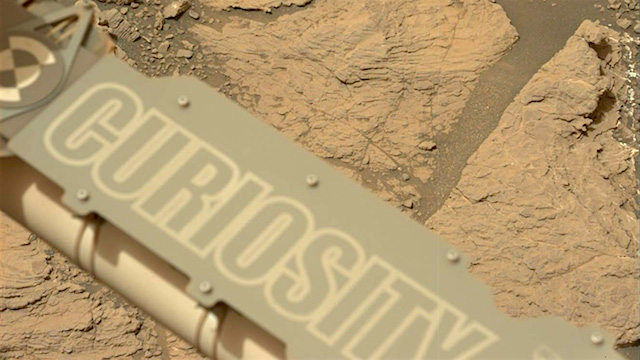 Updated March 12, 2019, 10:40 a.m. PDT (1:40 p.m EDT): Curiosity experienced a computer reset on its Side-A computer on Wednesday, March 6, 2019 (Sol 2,339), that triggered the rover’s safe mode. This was the second computer reset in three weeks; both resets were related to the computer’s memory.
Updated March 12, 2019, 10:40 a.m. PDT (1:40 p.m EDT): Curiosity experienced a computer reset on its Side-A computer on Wednesday, March 6, 2019 (Sol 2,339), that triggered the rover’s safe mode. This was the second computer reset in three weeks; both resets were related to the computer’s memory.
The mission team decided to switch from the Side-A computer back to the rover’s Side-B computer, which it operated on for most of the mission until November of 2018. Side-B recently experienced its own memory issue; the team has since further diagnosed the matter, reformatting the Side-B computer to isolate areas of “bad” memory. As of today, Curiosity is out of safe mode, and the team is configuring the rover for new science operations in the clay unit. Curiosity is expected to return to science operations as early as Wednesday… [More at link]









